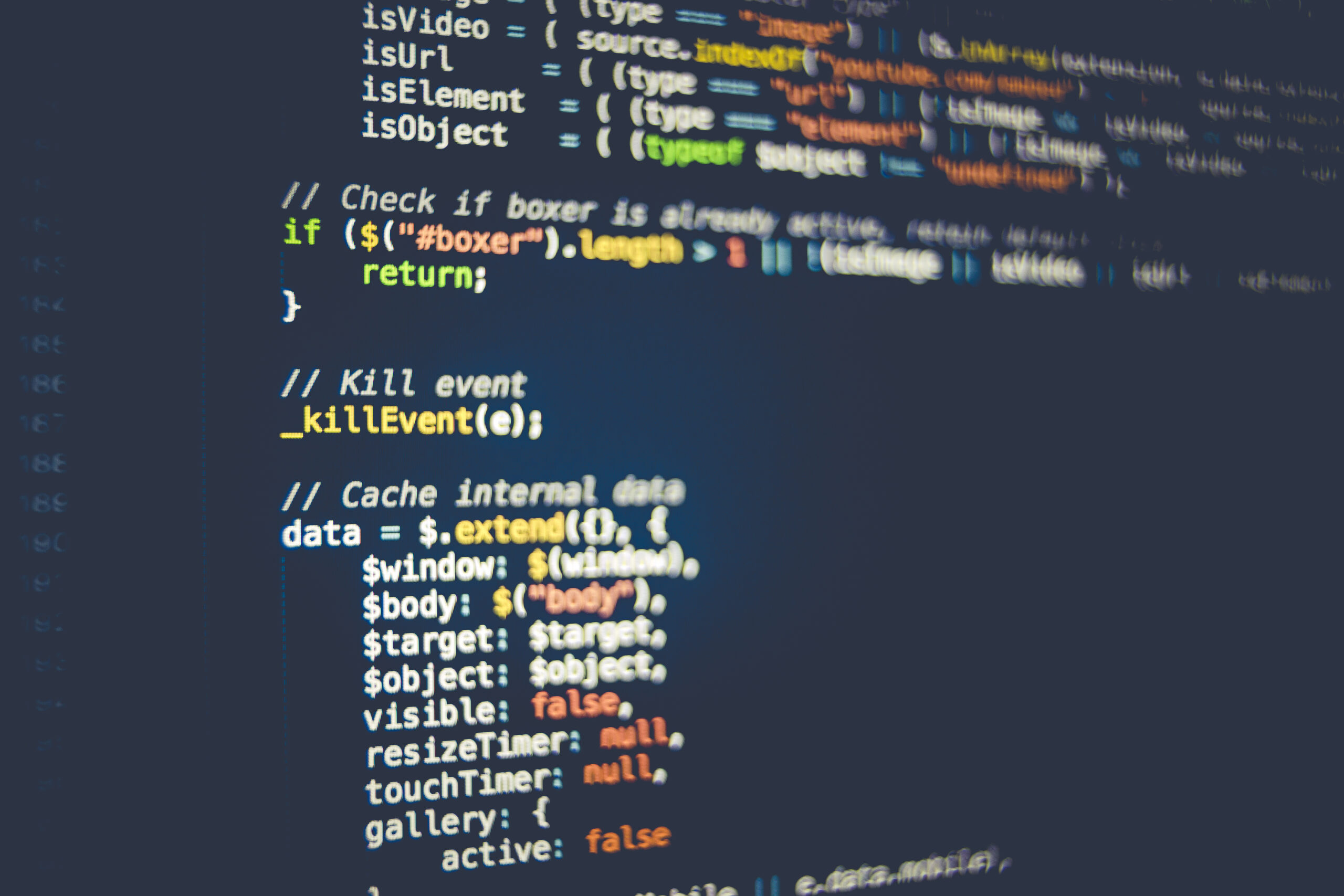Artificial Intelligence (AI) and Machine Learning (ML) are two terms that are often used interchangeably, leading to confusion among the general public. But, let’s set the record straight – AI and ML are not the same thing. AI is like the superhero of the tech world, capable of performing complex tasks and making decisions. ML, on the other hand, is more like the sidekick – it provides AI with the tools it needs to do its job.
Think of AI as Iron Man and ML as Jarvis. Iron Man may be the one flying around, saving the world and showing off his fancy tech, but Jarvis is the one behind the scenes, crunching numbers and making sure everything runs smoothly. ML provides AI with specific tools such as algorithms and statistical models, allowing it to learn from large amounts of data and make predictions based on that data. This is why ML is often referred to as a subset of AI.
So, next time someone tries to tell you that AI and ML are the same thing, just remember – AI is the flashy hero, but ML is the unsung hero doing all the heavy lifting. And, let’s be real, who doesn’t love a good sidekick? Just ask Robin, Donkey, or even Kato. They may not be the stars of the show, but they definitely make things more interesting.
AI and ML may be similar in name, but they are vastly different in function. ML provides AI with the tools it needs to make intelligent decisions and perform complex tasks. So, the next time you hear someone talking about AI, ask them if they mean AI or ML. It may just lead to a great conversation about the future of technology and the role of sidekicks in the tech world.
MK





